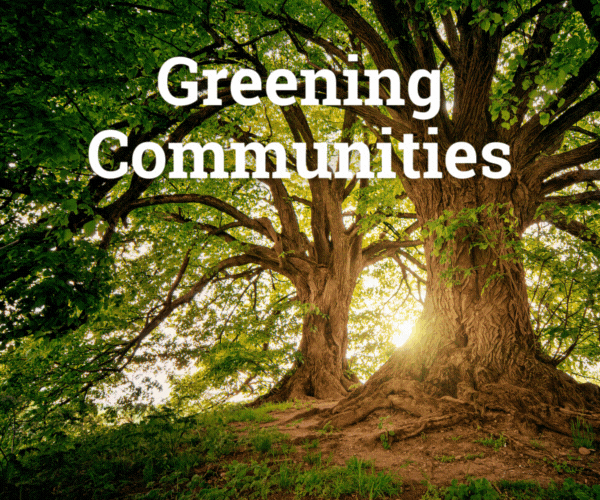A growing number of educators are reshaping the school day — and what it means to be a successful graduate.
In the face of chronic absenteeism and low performance among students nationwide, these initiatives include a restructuring of yearly credit hours, or Carnegie units — developed by the Carnegie Foundation for the Advancement of Teaching in 1906 — to include career goal-based learning, work experience internships and early college classes.
“One of the positive things that came out of the pandemic is that everybody wanted to get back to school … then we saw chronic absenteeism rates reach record levels,” said Louis Freedberg, former editor of EdSource and current executive producer of education reform podcast Sparking Equity, at a Friday, April 4 American Community Media briefing.
“This reinforced that our current learning opportunities are not sufficient for young people to get up every morning and want to go to school,” he added.
In the 2021-22 school year, 29.7% of U.S. students — nearly 14.7 million — were chronically absent, compared with 16% in 2019, before the pandemic; in 2022-2023, 27.9% were chronically absent.
The 2024 National Assessment of Educational Progress, known as the “nation’s report card”, also saw that for the first time, a third of eighth grade students scored below “basic” in reading levels, being 5 points lower on average compared to 2019; math scores were 8 points lower compared to 2019.
“Keeping kids engaged in school presents a crisis for all forms of education,” said Freedberg. “The notion that we should shoehorn learning into these six-hour daily bites doesn’t work for all kids.”
“Many other skills may be more important for how students succeed in the workplace and in life after they graduate, like critical thinking, being able to work collaboratively or independently, being able to stick with a task,” he continued, adding that many states are now “figuring out how to measure these durable skills.”
In Indiana, Nevada, North Carolina, Rhode Island and Wisconsin, the same Carnegie Foundation that had developed credit hours nearly 120 years ago is now working with the Educational Testing Service (ETS) to create pilot projects testing students’ skills.
Last October, for instance, North Carolina was awarded nearly $4 million from the U.S. Department of Education to pilot a Skills for the Future assessment project.
North Carolina, alongside at least 16 other states, are also outlining these skill goals in “graduate portraits” that are influencing education policies across the country’s school districts.
“This is something that’s definitely picking up steam across the country,” said Freedberg: “What do we want our graduates to leave school with? Not just whether you got A’s or B’s, but broader descriptions of a variety of skills” including networking abilities, communication, cultural competence, civic engagement and conflict navigation.
“When modern public schools were started, Carnegie developed credit units to fuel the workforce. But in order for people to be really good workers, they need to be well-rounded,” said Shalonda Gregory, principal of Metwest High in Oakland, California — a non-traditional school which has implemented this skills-based models through Big Picture Learning (BPL).
BPL, a network of over 140 schools nationwide and over 100 more worldwide, encourages students to learn skills for the careers they want through field internships and mentorships up to two days a week — Tuesdays and Thursdays at Metwest — alongside core curriculum classes the rest of the school week.
Every student entering ninth grade at Metwest creates an Individual Learning Plan with actionable goals not only for “careers or education beyond high school, but also for who the person is that you want to be, how you want to show up in this world,” Gregory explained.
“If a student is really interested in wanting to become an architect, even in
standard classes like English, math and science, for instance, we try to find ways to engage them by connecting the content to that interest … while also helping them find internships with architect firms,” she continued, “so they’re not just graduating with their diploma but career-ready life skills, and some of our students have graduated with their associate’s degree as well.”
One current graduating senior, Johnny, “is really passionate about skateboarding. He’s been interning at a skateboard shop, and in prior years, at auto shops, doing collision repairs and regular fixes,” Gregory explained. “Because of those opportunities he’s going to work at the skateboard shop in May, and work on cars as a side hustle to fuel his future.”
Although Metwest is only 23 years old, its work-based educational approach — also known as Linked Learning — have already spurred similar initiatives across the Oakland Unified School District, including internship programs, pre-college support and a year-long graduate capstone program.
“High school is not the end game,” said Anne Stanton, president of the Linked Learning Alliance (LLA). “In the very recent past, we had a very bifurcated ’50s model where students were sorted into vocational or college tracks … but young people at this period in their lives, as their brains are continuing to develop, can contribute in so many ways, and in our country, we think a lot less of what a 16-year-old can do than we should.”
In California alone, the San Francisco-based LLA is implementing work-based learning initiatives in 80 school districts and 250 schools serving 330,000 youth statewide thanks to $500 million that the state legislature invested in Golden State Pathways, a college and career readiness program.
Across its total 977 school districts, California has approximately 5,496,271 students.
“We’d like to get 600,000 young people in California having these experiences,” said Stanton. “But for young people to apply their academic learning in the real world requires a deeper engagement in that social contract by the employers providing these opportunities.”
“Even school district superintendents often turn over every two years,” she continued. “It’s about who owns this vision of engaging youth. If it’s owned by students, families, communities, employers, you can’t break it down, no matter who the leadership is.
“The core of our work to support young people in the real world requires that it’s never just one teacher or one part of their lives doing it,” she added.





